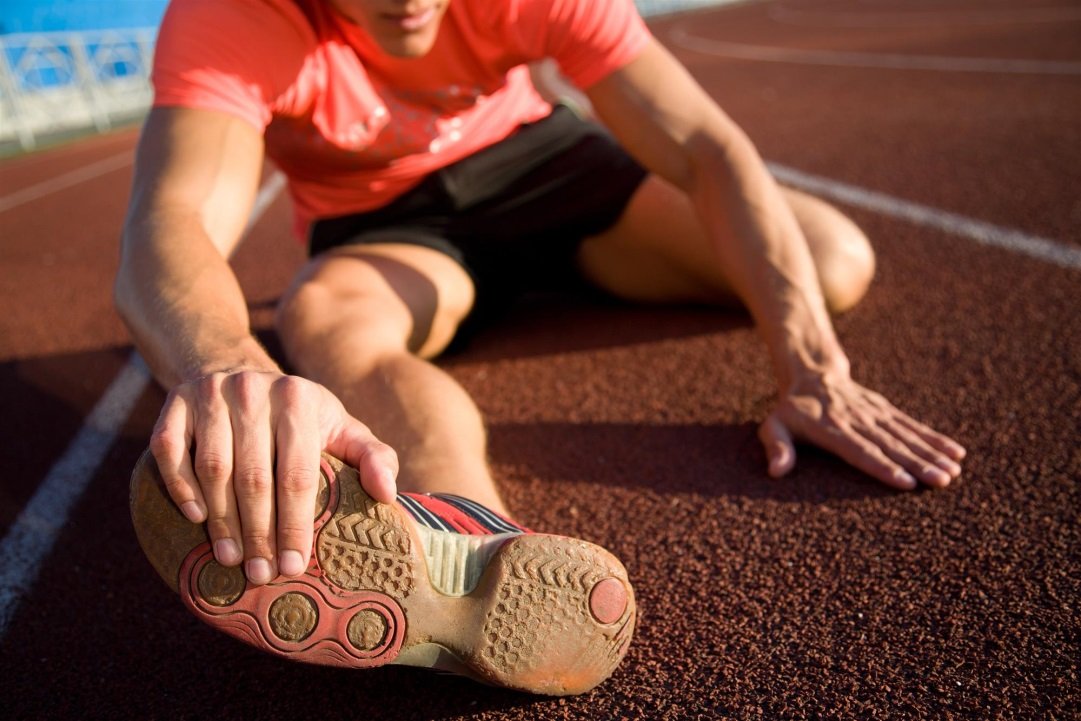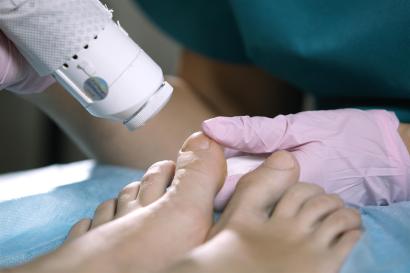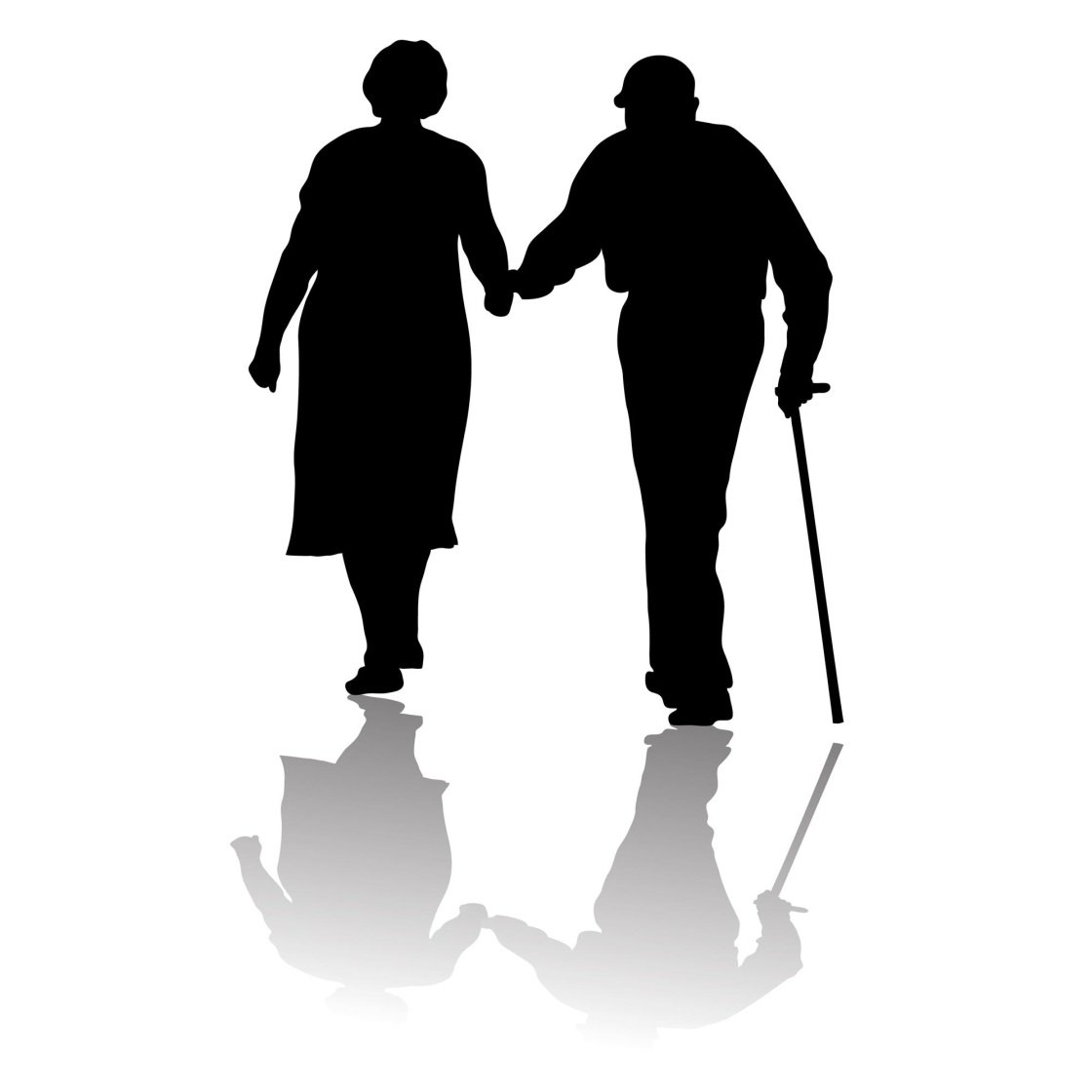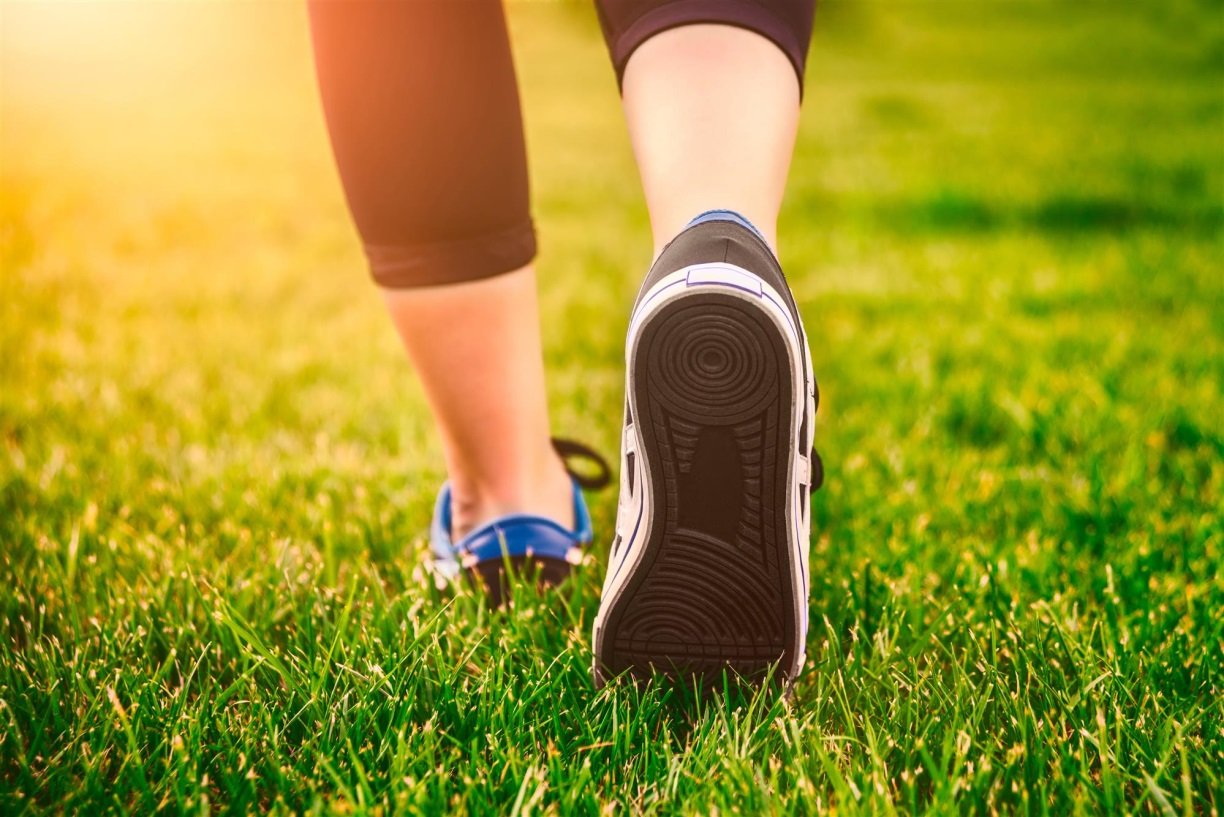Gait Disorders: Causes and Treatments
For most people, the ability to walk around comfortably is something they take for granted—until this facility is taken away from them, due to injury, disease, or another cause. Suddenly a simple stroll down the sidewalk becomes fraught with difficulty. Make no mistake: Any disruption in one’s walking pattern should be taken seriously. Even if the advent of a gait abnormality causes no significant mobility problem, it could nonetheless indicate the presence of a major underlying medical issue.
Gait disorders are more common than many believe. In persons 65 years of age or older, 14% report suffering from gait abnormalities; in those 85 and over, fully 50% suffer from physical dysfunction of this nature.1 The likelihood of developing a gait disorder increases with advancing years, but it’s worth pointing out that these issues can arise at any age.
When we talk about gait disorders, we’re referencing a fairly broad range of abnormalities with widely varying causes. We’ll begin the discussion by explaining what a “normal” gait is like, and then show how certain physical conditions can create distinctive deviations from the norm. Finally, we’ll cover effective treatments for gait disorders. First, however, it’s important to answer a simple but fundamental question: What is a healthy gait, anyway?

The Gait Cycle
The act of walking consists of three distinct phases that together create continuous motion. These phases can be described as follows:
The initial double-limb stance – At the beginning of the cycle, one leg is in a support position while the other leg has been brought forward to assume a support position and permit the rear leg to be brought forward.
The single-limb stance – While the rear leg is being brought forward, the walker temporarily has only one foot on the ground for support. This phase concludes when the rear leg is brought past the support leg.
The terminal double limb stance – In this phase, both feet are again on the ground. The leg that had been in the rear is now in front, while the other leg prepares to advance.
The faster a person walks, the faster each gait cycle is completed. As we have mentioned, this is ordinarily a process into which we put little thought, but a number of physical disorders can turn this simple procedure into a challenging one. Anything that disrupts the fluid transition of one phase into the next—such as pain in one foot when using it for support, or difficulty with balance—could reasonably be interpreted as constituting a gait disorder.

Dangers of Gait Disorders
In a lot of cases, gait disorders cause only a minor inconvenience in one’s day-to-day life. For others, though, gait disruptions can pose a major hazard, largely due to the increased likelihood of falls. In older patients, this is a particularly serious matter, as a simple trip-and-fall accident may lead to severe injury. An abnormal gait can also substantially increase even an otherwise healthy person’s chances of developing an injury to this area of the body, such as a sprained ankle. Furthermore, persons who lead very active lifestyles, like competitive athletes, can be rendered unable to perform at peak capacity due to a gait disorder that could be easily ignored by a more sedentary person.

Causes of Gait Disorders
The possible triggers for gait disorders are much more varied than you probably believe. The act of walking involves the coordinated effort of different organs of the body, including the brain, the eyes, and various muscle groups.
In many cases, the cause of the problem and its associated treatment are obvious; for example, someone who has broken their foot will not be able to walk normally until the fracture has healed. Things get more complicated when there is no immediately clear cause of the patient’s problem. Gait disorders can be caused by a broad number of conditions, including but not limited to the following:
- Spinal cord injury
- Leg-length discrepancy (one leg longer than the other)
- Peripheral neuropathy
- Ingrown toenail(s)
- Muscular dystrophy
- Parkinson’s disease
- Arthritis
- Gout
- Multiple sclerosis
- “Pigeon toes” (inward-pointing toes)
- Heel pain syndrome
- Fibular injury
- Tendinitis
- Poorly fitting shoes
- Corns
- Bunions
- Abnormally high foot arch
Some of these are congenital in nature; others are acquired medical conditions. Some, like Parkinson’s disease, fall outside the scope of a foot specialist and will require the attention of a professional who specializes in these disorders.

Types of Gait Disorders
There are a number of formally recognized gait disorders, each of them with a distinct movement pattern. Simply observing the specific manner in which a given patient walks can give key insight into the nature of their physical abnormality. Here we’ll take a look at certain types of gait abnormalities that commonly occur.
Antalgic gait
In the antalgic gait, the afflicted person walks in a way to minimize moving or placing pressure on a foot or leg that is causing pain. Often, this results in a pronounced limping walk as the individual attempts to reduce the amount of time that the injured limb or foot is in a support position.
In many cases, the individual simply cannot move one or both limbs in the normal walking motion, which forces them into an unnatural gait in order to avoid undue discomfort. The antalgic gait is frequently the result of trauma to the leg or foot (e.g., blunt force accident such as a car accident).
It may also be caused by a chronic medical condition like arthritis. Other causes include painful corns or bunions. In the latter two cases, foot surgery can remove the source of the pain, permitting the patient to resume a normal walking pattern.

Cautious gait
As the name suggests, this is a type of gait marked by excessively careful movements. The afflicted person moves slowly, with arms away from the body to provide balance. It tends to resemble the motions of a non-injured person walking carefully on ice. Often seen in older patients, this gait often results from a previous fall that caused serious injury, which led the individual to overcompensate in order to avoid future incidents, or from poor vision that leaves them unable to see clearly any objects that may be in their path. If the patient’s walking issues can be traced to a foot injury or abnormality, then surgery may be able to help them abandon this laborious gait pattern.

Ataxic gait
Also known as “broad-based” gait, this is a disorder characterized by unsteady, often jerky movements and a tendency to walk with the feet far apart in order to maintain balance. Afflicted persons can seem inebriated, but, in fact, the ataxic gait has a variety of causes, most of them unrelated to alcohol consumption.
It can occur in those who have suffered from a brain injury, or who are experiencing a bad reaction to certain seizure medications. Diabetic complications, such as polyneuropathy, are another common cause of ataxic gait disorder. A foot specialist with experience in diabetes-related foot disorders may be able to provide a measure of relief to persons who suffer this from this and similar afflictions.
Overpronation
While walking, it is customary for the foot to roll inward as an individual’s weight shifts from the heel to the front of the foot. For some, however, the foot rolls inward to an excessive degree—this is known as overpronation. This condition can cause serious foot and leg problems, particularly in athletes. Afflicted persons are much more likely to develop bunions, shin splints, and plantar fasciitis, to mention just a few problems.
Treatment for this disorder can involve wearing special shoes that prevent excessive rolling of the foot and/or the use of orthotic insoles. Incidentally, a similar problem occurs when the foot rolls excessively outward during the gait cycle. This is known as oversupination, and it, too, can cause serious foot and leg disorders, although this condition is significantly less common than overpronation.
Sources













